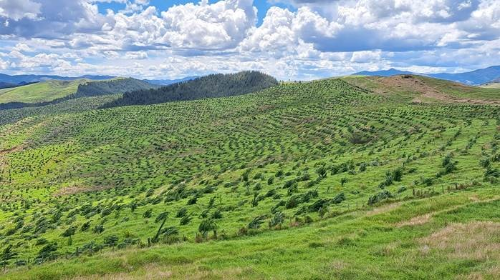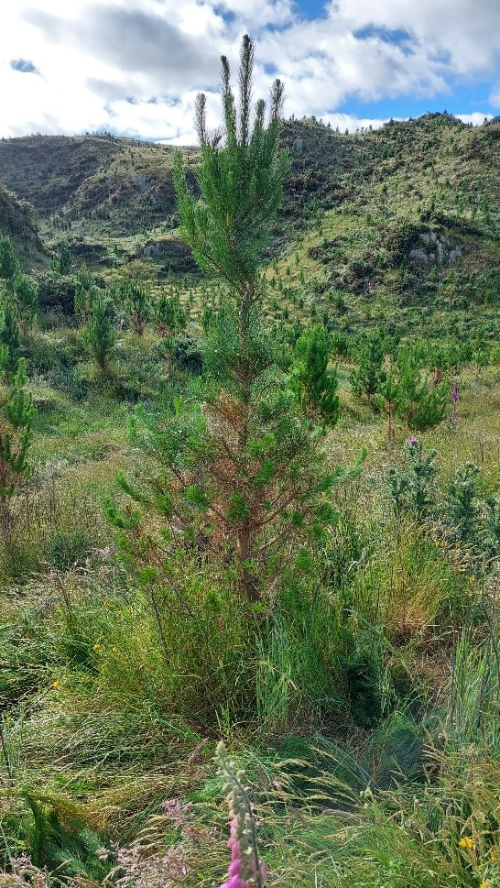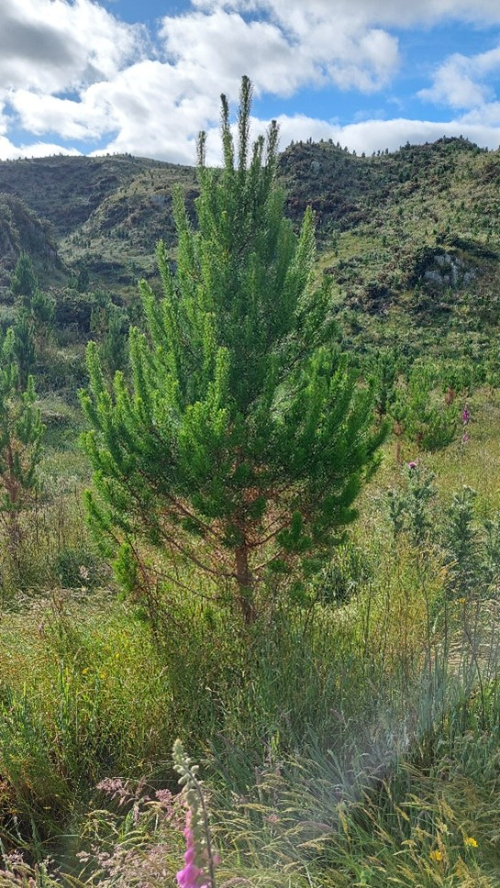Tree toppling - identifying and mitigating risk
With the events of the past year still at the forefront of our minds, PF Olsen has been looking into ways we can position our clients to best adapt to the ever-changing future and secure the best value tree crop, with the lowest risk possible. Part of this has been investigating ways we can offer wind risk mitigation strategies to our clients, with special regard to the early parts of the rotation.
Tree crops planted on ex-pasture sites often exhibit high growth rates. These high growth rates are what New Zealand is known for, however, they present a risk as trees grow tall and bushy with minimal root structure in the initial years of the tree crop. This combined with our weather patterns consisting of rain and wind often lead to a phenomenon known as toppling occurring. Toppling is when trees, after a weather event, attain a lean (of varying severity). Toppling can be very severe in some cases with tree mortality possible.

Two key options PF Olsen can help you understand, which may reduce the risk of toppling include:
Sail Pruning
Sail pruning has become one of our leading options, where branches are removed in the tree canopy area which reduces the area that the wind force applies to on a tree. The photos below are an example of sail pruning. The first tree has been sail pruned while the second tree has not.


This operation can be implemented across an entire forest or just on areas deemed “high-risk”. With insurance not always possible in some regions and across certain age-classes, sail pruning may provide a method for reducing the risk profile of your investment.
Alternate tree stock options
Different tree stock options exhibit different attributes out in the field. Some of these attributes may help mitigate the risk of topple in your forest.
If you wish to find out more, feel free to get in contact with your forest manager, or one of our technical staff, and learn more about how you can reduce wind risk within your forest.
